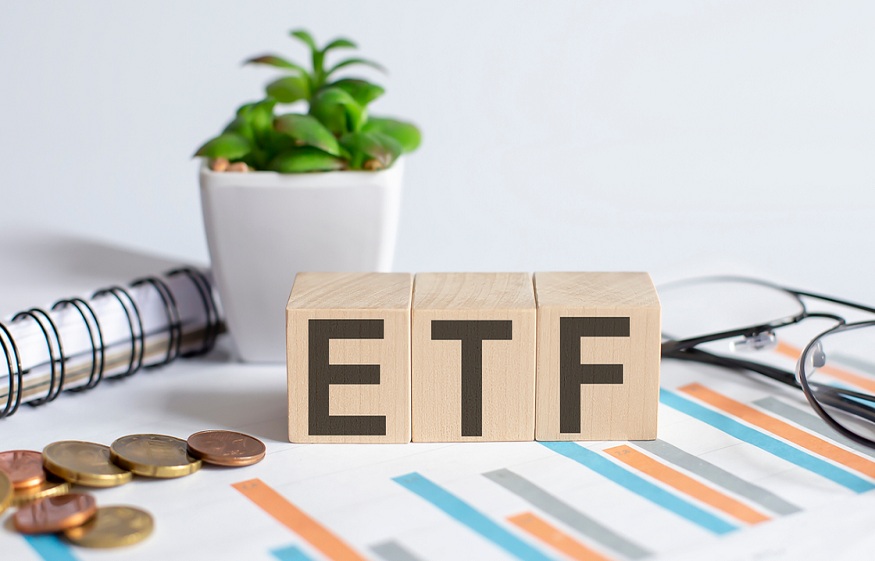Even though certain electronic bond trading options are available to retail investors, a large number of bonds are on an over-the-counter market even today. Automation has been widely prevalent in stock trading for quite some time now, and has helped level the field for retail and institutional investors. Kavan Choksi points out that the bond market, however, still lacks the level of liquidity and price transparency. In this situation, bond exchange-traded funds (ETFs) can prove to be a viable investment alternative for investors who do not want to put their money on expensive, actively managed bond funds.
Kavan Choksi talks about how bond ETFs would be a smart addition to the investment portfolio
Even though they are similar to other ETFs in certain ways, bond ETFs are unique in the domain of fixed income as they are traded on stock exchanges. As a result, the historical and current prices of bond ETFs are easily available to all investors. Traditionally, this level of price transparency for bonds was only available to institutional investors.
Despite the liquidity in the bond market, architects of bond ETFs have to make sure that it closely tracks their respective index in a budget-friendly manner, regardless of the lack of liquidity in the bond market. A large number of bonds are held till maturity. As a result, an active secondary market is not usually available to them. This can make it a bit complex to see to it that a bond ETF encompasses enough liquid bonds in order to track an index, especially when it comes to corporate bonds. The method of representative sampling is generally used by the suppliers of bond ETFs to get around the liquidity problem. Representative sampling basically means tracking just an adequate number of bonds to represent an index. The bonds used in the representative sample ideally are the largest and the most liquid in the index. Owing to the liquidity of government bonds, tracking errors shall be less of an issue with ETFs that represent government bond indices.
Kavan Choksi underlines that bond ETFs pay out interest via a monthly dividend. Any capital gains are additionally paid out through annual dividends. These dividends are treated as either income or capital gains for tax purposes. However, the tax efficiency of bond ETFs is not a major factor as such, as capital gains do not play as significant of a part in bond returns as they do in the case of stock returns. Bond ETFs are additionally available on a global basis.
The transparency and liquidity of an ETF are comparatively quite higher than a passively held bond ladder. Bond ETFs are able to provide diversification and a constant duration. This basically means an investor simply has to make a single trade to get a fixed-income portfolio up and running. Owing to this, a bond ETF can prove to be a smart and simple investment instrument for many.
Bond ETFs and index bond funds are known to cover similar optimization strategies, and they deliver similar performance as well. However, bond ETFs are a much better alternative for people looking for improved transparency and flexible trading. While the make-up of the underlying portfolio for a bond ETF is available online and can be accessed anytime, this type of information for index bond funds is available on just a semi-annual basis.

